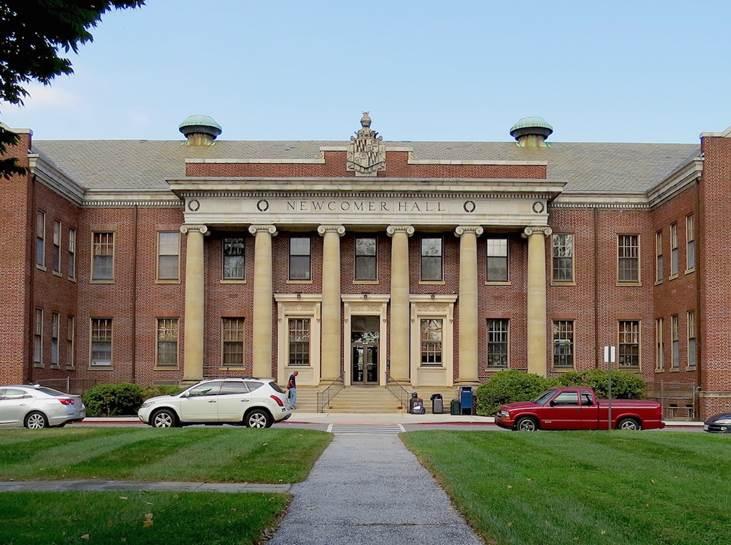
Built in 1909, Newcomer Hall at the Maryland School for the Blind in Baltimore, Md., is a private, nonprofit, state-supported institution attended by 73 percent of Maryland’s 1,800 blind or visually impaired students, age 3 to 20. The brick building provides space for early learning and elementary, middle, and high school programs.
Due to its age, the building required a major restoration project that completely renovated the interior. Throughout the remodel, building management remained focused on finding solutions that would lead to a more comfortable indoor environment for their students, refrain from altering the aesthetic beauty of the historic building, and meet the requirements of LEED (Leadership in Energy and Environmental Design) certification. LEED is an internationally recognized green building certification that provides third-party verification for buildings designed and built using strategies to improve overall performance.
Contractor Todd Anderson from Worcester Eisenbrandt, Inc., knew that window improvements would have to be carefully considered for these project goals to be achieved. His research led him to QUANTAPANEL®, a manufacturer of high-quality secondary windows, whose Insulating Glass System product would help them meet the needs of Newcomer Hall. Secondary windows, which include storm windows and secondary glazing systems, can be installed on the interior or exterior of an existing window and can be fixed or operable depending on the product.
Energy-Saving and Comfort-Enhancing
After initially suggesting a full window replacement to meet the project’s LEED certification and indoor comfort goals, Anderson soon realized that it was impossible to find new windows that would replicate the historic aesthetics of Newcomer Hall. None of the replacement windows they found were approved by the Maryland Historic Trust.
After turning their attention to the QUANTAPANEL Insulating Glass System, Anderson and the Worcester Eisenbrandt team realized they found the solution that would check every box without affecting the building’s exterior appearance. The secondary windows have an airtight seal creating an insulating pocket of air between the existing and secondary window panes. This insulating pocket, combined with the low-e coating on the added pane of glass, would significantly reduce heating and cooling costs and unwanted solar heat gain and interior heat loss. And, since QUANTAPANEL’s exterior, secondary windows are compatible with operable windows, the windows at Newcomer Hall can continue to open and close as they always had allowing for natural ventilation when desired. These secondary windows not only helped the building achieve LEED certification, they would also enhance the indoor comfort for students and staff.
